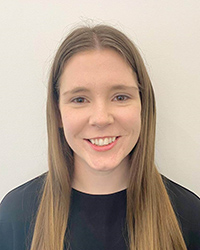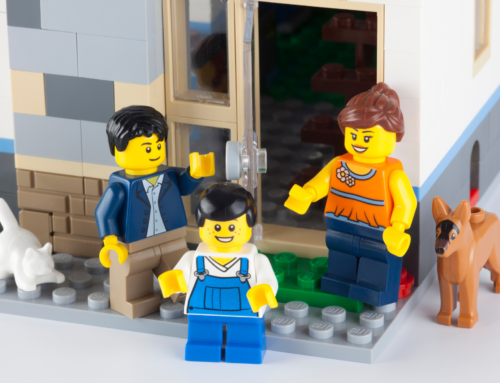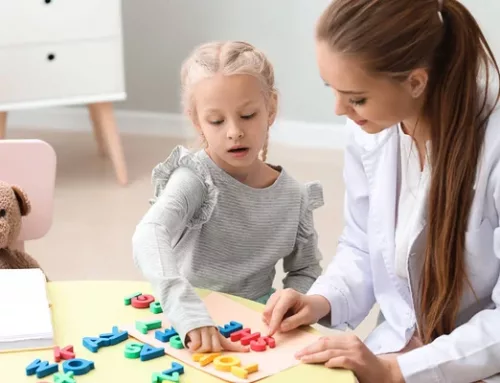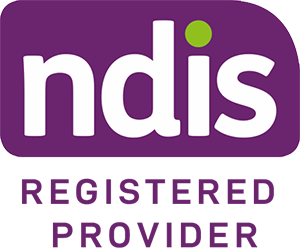To celebrate Speech Pathology Week 2021: Communication is a Basic Right, the Speech Pathology team at Beam explores Communication Disability, the functional impact of this disorder, and what we can all do to help.
Communication Disability
Communication is a basic human right and is something which we all do everyday day. Communication is the exchange of information between at least two people. It is more than just speech, communication involves speaking, listening, understanding, social skills, reading and writing. Therefore, a communication disability is any condition which impacts someone’s ability to understand others or be understood by others. People with a Communication disability may have difficulty with:
- Language – understanding and exchanging ideas using spoken or written words. For example, a young person who has difficulty following instructions in a classroom setting.
- Speech – using sounds in words that can be understood by others. For example, a child who has difficulty saying some sounds in words correctly.
- Literacy – reading and writing. For example, a young person who has difficulty reading their school textbook.
- Social communication – use of language in different social communication environments. For example, a child who does not understand that it is socially appropriate to greet their friends.
- Voice – using vocal folds or the voice box to talk. For example, an adult who loses their voice from talking loudly too often.
- Fluency (stuttering) – when speech is impacted by repeated sounds or words, sounds being extended in words or difficulty getting a sound out (block). For example, a child who often repeats sounds in words “b…b…b… because”.
Impact of a Communication Disability

Communication is something that everyone undertakes every single day. Many of us unconsciously undertake these skills and we take our communication abilities for granted. A communication disability can range from mild to severe difficulties, and the impacts can be temporary or last a lifetime. A communication disability can also potentially impact many activities and routines across the day. Just imagine how frustrating and potentially debilitating it could be trying to start a conversation with a friend if you cannot think of the correct words to say, ordering food from a menu if you cannot read or filling out a form if you cannot spell. For an individual with a communication disability, this is their everyday reality.
Regarding long term impacts, individuals with a communication disability are also less likely to have a non-school qualification and participate within the workforce. Communication disabilities are also very common amongst people who have another co-occurring disability or difficulty, which can further impact an individual’s difficulty with communication. It is important to remember that communication disabilities may not be obvious to people, often they are invisible.
Lack of Awareness
Communication disabilities are very common across Australia, with over 1.2 million Australians currently living with a communication disability. Despite communication disability being common, it is estimated that half of Australians who need formal assistance with communication have an unmet need for this assistance.
One common form of communication disability is Developmental Language Disorder (DLD). DLD is a difficulty in either understanding or using language, with no other disability causing the language difficulties. It is estimated that 7.5% of the population have DLD, which is approximately two children in every classroom! Despite DLD being very common, in fact even more common than autism, DLD is largely unheard of amongst the general population. The lack of knowledge and funding of DLD is just one example why communication disabilities are largely hidden difficulties. DLD also demonstrates the need for greater awareness and funding of communication disabilities across Australia.
What Can Be Done to Help?
There is a long way to go for communication disabilities and their impacts being well known amongst the general population. Whether you are a parent/carer, a teacher, an early child educator or health professional, we can all do our part to help increase awareness of communication disabilities:
- Parents/ carers of a child or young person with a behavioural difficulty, mental health disorder or difficulties in completing age-appropriate activities, reflect if the child may have a difficulty in communication which is contributing to their current presentation.
- Teachers and early educators to consider if language difficulties may be a contributing factor to some students not accessing expected academic content.
- Speech pathologists and other professionals to use recommended, consistent terminology when diagnosing an individual with a communication disability.
- Health professionals to recommend and support the access to speech pathology services for children and young people with a diagnosed or suspected communication disability.
If you suspect the child/ young person you parent or support may have a communication disability, the following general strategies can be utilised:
- Parents and carers to provide a language rich home environment by regularly reading with your child, talk to your child during everyday activities and expose your child to a range of play experiences e.g., playing in nature, pretend play and gross motor play.
- Teachers and early educators to use simple language and visuals to support students’ understanding of language.
- When meeting someone with a diagnosed or suspected communication disability, take the time to learn about this individual’s strengths and difficulties with communication.
Speech Pathologists have specialised skills in working with children and young people with a range of communication disabilities or delays. If you have concerns about your child’s communication skills, we welcome you to get in touch with Beam to book in a consultation with one of our speech pathologists.

Rebecca Gillogly
Speech Pathologist, Beam Health









